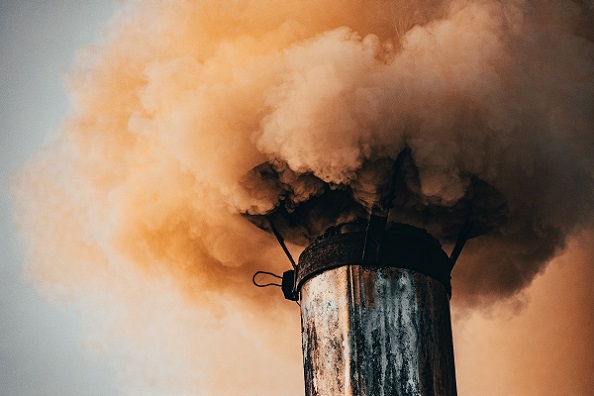Late last year, there was a big to-do about nothing in the Green Mountain State. The “nothing” is that by reducing its “emissions,” Vermont will somehow save something – not money, they are burning that like used tires. It’s okay, it’s not the legislator’s money. However, as the deadline approached, some estimates had them missing their reduction target by as much as 12% (about 2 seconds worth from one dirty coal plant in China).
The good news is that the estimate is out and the experts claim they will only miss it by 1%.
Preliminary projections show Vermont is 1% above the 2025 requirement. …
The state found Vermont’s fossil fuel sales for heating decreased by 4.8% in 2024, but gas and diesel sales increased by 3%. It’s a small change, but it’s not enough.
[Julie] Moore [Agency of Natural Resources] says she expected to be slightly below the requirement but isn’t disheartened by the miss.
“I would argue that being within 1% of the target on something as large in scale as greenhouse gas emissions is pretty incredible, and tells a compelling story that we took steps, meaningful steps to achieve that goal,” she said.
The bad news is that it’s all cow patties—pre-meditated greenwashing BS. As reported last October, Vermont has these wood-burning power plants, McNeil and Ryegate. They are expensive and subsidized, and they are the state’s biggest ’emitters’, but their emissions are not included in the inventory. The State picks and chooses which emissions count, and they have labeled the wood-burning plants as “renewable,” so they skip it.
I’m not an artist, but I attempted to create something cartoonish to match the cartoon-like seriousness of this arrangement.

Wood burning is not (on their terms) carbon neutral, just ask anyone who bitches about the “wildfires” started by environmental activists that are blamed on fossil fuels which is only accurate if the arsonists used them to start the fires.
So, what happens when you burn wood? If it’s in a fireplace, you might be warm or lucky (romantically) or both. You also release all sorts of stuff into what the enviro-arsonists call the fragile biosphere.
If you ask people who think those emissions ought to count, they might tell you this sort of sciency stuff.
- Wood burning releases carbon dioxide (CO2), carbon monoxide (CO), particulate matter (PM), volatile organic compounds (VOCs), nitrogen oxides (NOx), and hazardous air pollutants (HAPs).
- Particulate matter released during wood combustion can lead to reduced air quality, respiratory problems, and increased risk of respiratory infections and lung cancer.
- Transitioning to renewable energy sources and implementing energy efficiency measures can significantly reduce greenhouse gas emissions from wood burning.
- Inhaling high levels of volatile organic compounds (VOCs) from wood burning and other sources can contribute to respiratory issues and the formation of smog.
If that’s too many words, the same website has a short, cute, animated video that might even help Vermont’s Agency of Natural Resources understand.
MacNeil is Vermont’s largest in-state power generator. Ryegate is the state’s second-largest wood-burning power plant and likely a significant emitter. But that doesn’t matter to the people who matter, nor do they care about working-class Vermonters paying the price for their policies.
They are paying more for unreliable wind and solar power (whose life cycle “emissions” are far from green) and more for electricity generated by wood-burning power plants, whose emissions are very real and ignored.
The big question is not how to hit the target but why pretend to miss it? Ignore a few more emissions and claim victory!
Stop pretending and admit that this is about making Vermonters pay more for less. That the goal is to screw its citizens and business owners with higher rates I exchange for unreliable energy. The one target you keep hitting, no matter the economic consequence.
